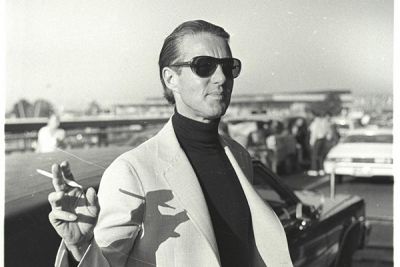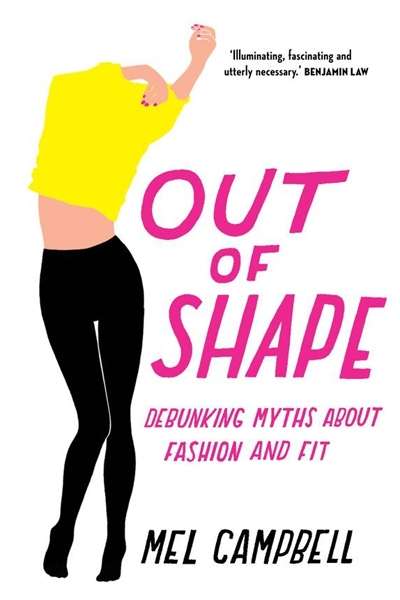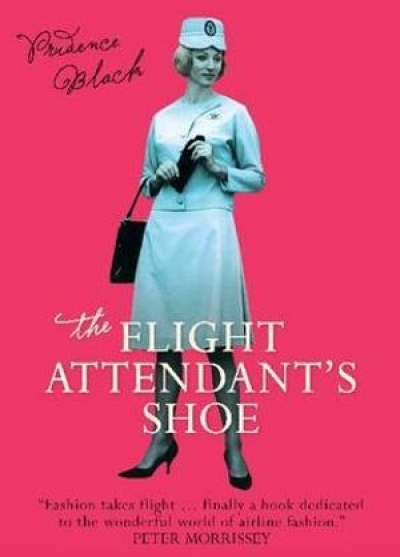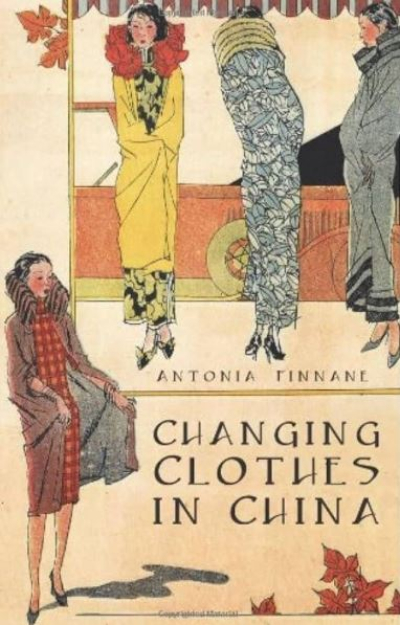Fashion
The fashion documentary is a subgenre of a larger wave of films about fashion that have proliferated in recent years, including biopics such as Coco Before Chanel (Anne Fontaine, 2009) and Saint Laurent (Bertrand Bonello, 2014), documentaries such as Lagerfeld Confidential (Rodolphe Marconi, 2007) and ...
... (read more)Out of Shape: Debunking Myths about Fashion and Fit by Mel Campbell
by Dion Kagan •
The Flight Attendant’s Shoe by Prudence Black
by Susan Sheridan •
Changing Clothes in China: Fashion, History, Nation by Antonia Finnane
by Gloria Davies •




